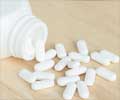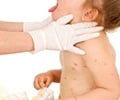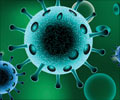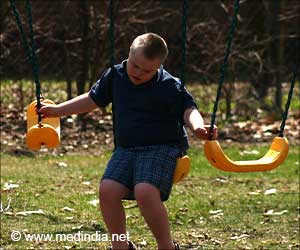New study has revealed fresh insights into preventing herpes infections.
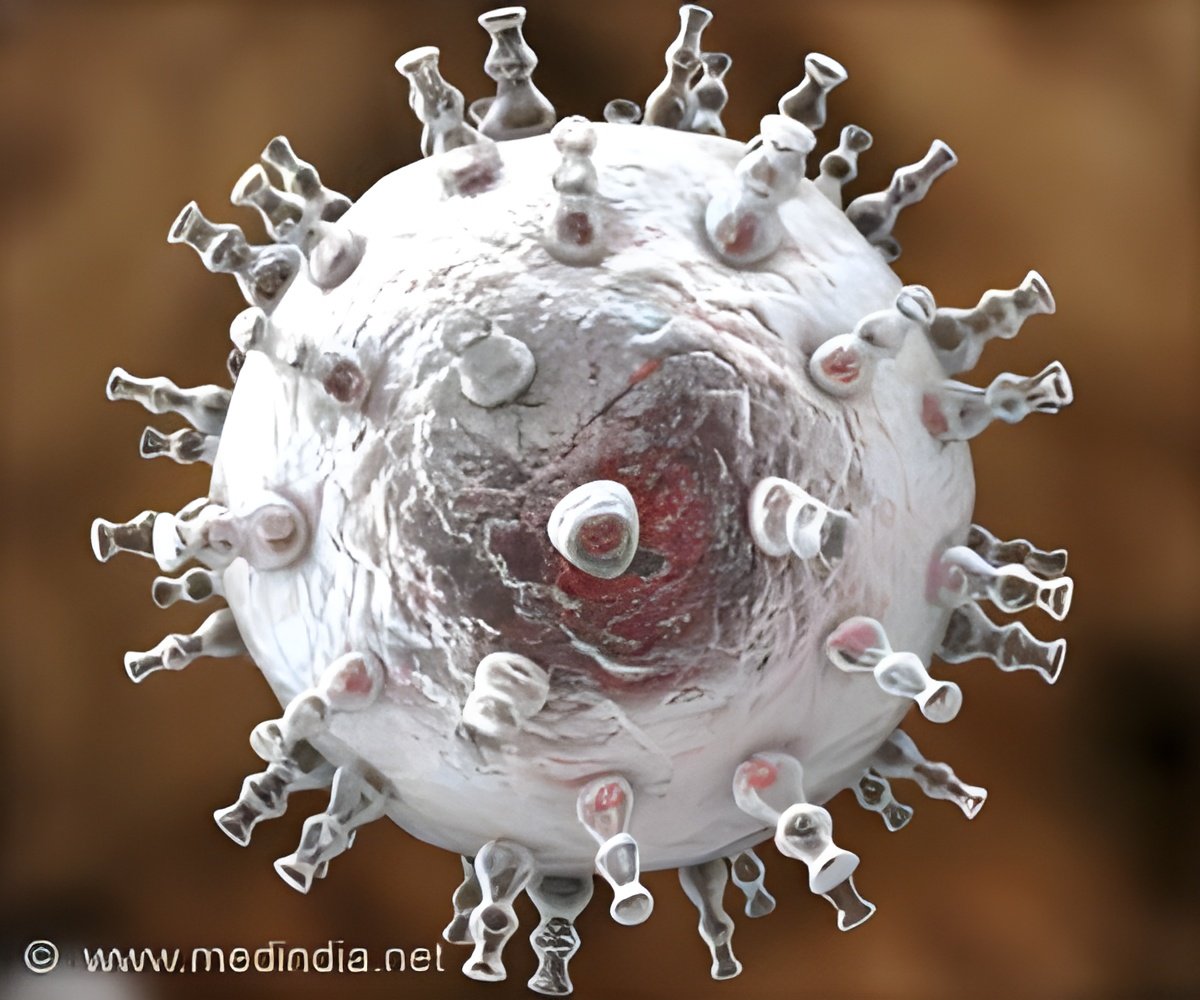
‘The activation level of the NRF2 transcription factor can be a marker for temporary resistance to herpes simplex virus infection. ’





Now a group of researchers is examining exactly what happens inside individual cells during an infection. The head of the team is Professor Markus Landthaler of the Berlin Institute for Medical Systems Biology (BIMSB) at the Max Delbrueck Center for Molecular Medicine (MDC). Molecular biologists and bioinformaticians work closely together here, and this also applies to Emanuel Wyler and Vedran Franke, the two lead authors of a new study on HSV-1 infections. The paper has been published in the open-access journal Nature Communications. Inhibiting the herpes infection
At BIMSB, bioinformatician Franke develops algorithms that allow him to predict the probability of infection progressing in individual cells. Wyler and Franke wanted to know exactly what might encourage or slow the infection. They investigated differences in the way the infection progresses in individual cells and found that the NRF2 transcription factor plays a major role. The authors say that NRF2 activation slows the progress of the infection. "I visualized changes in the regulation of each gene we investigated in a single cell. The condition of the cell also seems to be decisive. They found that a cell is more vulnerable to HSV-1 infection during some phases of the cell cycle than others.
The study also presents another finding: A drug that is currently being tested for patients with chronic kidney disease could inhibit herpes infection by activating the NRF2 transcription factor. When the herpes virus enters host cells, it brings its own genetic information with it. This means that both human and virus genes are activated in the infected cells. When the team treated these cells with the kidney drug - bardoxolone methyl - the virus became less productive. It activated fewer of its own genes, which would normally fuel the infection. The authors believe this is due to the drug's effect on the NRF2 transcription factor.
Precise data thanks to single-cell RNA sequencing
Advertisement
Wyler and Franke collaborated very closely to understand and compare the data. In the lab, the team investigated about 12,000 human skin cells infected with HSV-1. For each cell, the new sequencing method produced a separate data set containing information about the activated genes. "If you've got 12,000 cells and 3,000 analyzed genes, then looking at a huge excel spreadsheet isn't going to be much help," says Wyler.
Advertisement
Blueprint for further research
The herpes virus is a good research model because it is relatively easy to work with in the laboratory. The authors see their work as a blueprint showing how single-cell RNA sequencing can help us understand viral infections. They are already planning to use the method to analyze two more viruses. Working with Professor Christian Drosten from Charite - Universitaetsmedizin Berlin and with virologists from Freie Universitaet Berlin, Wyler and Franke hope to research another type of herpes and coronaviruses. In humans, coronaviruses can cause colds and occasionally severe respiratory diseases.
Source-Eurekalert

